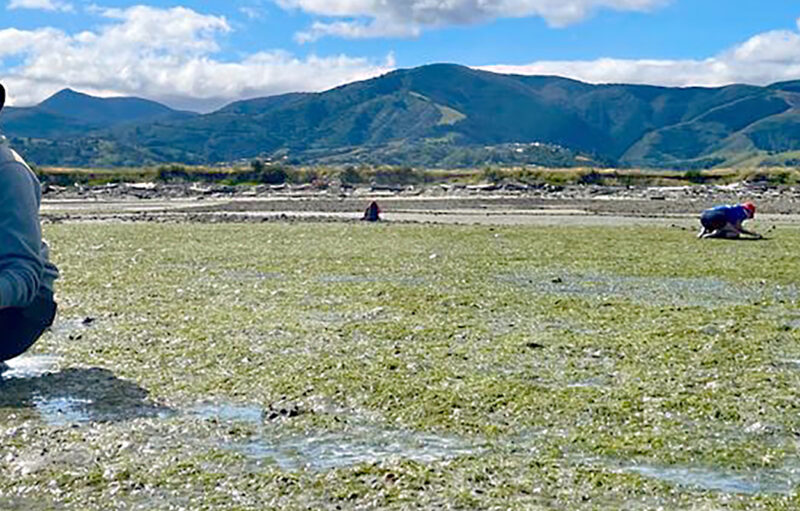PARK WATCH Article September 2024 |
Clare Wilson describes how we can survey with our ears instead of our eyes through ecoacoustics
Ecoacoustics is an efficient monitoring method transforming the way we search for hard-to-spot animals. It uses sound recorders to collect audio data that is analysed to identify an animal by its unique sounds/songs.
For example, you can tell a Magpie and a Kookaburra apart by their songs, but if you weren’t there to hear them, how would you know which birds are around? Birds are just the beginning with this method as surveys are now searching for choirs of rare frogs and using ultrasonic microphones to listen to the imperceptible calls of bats.
A recent surge in eco-acoustic research has been spurred by the availability of modern sound recorders that are relatively inexpensive and easy to use, making it a valuable instrument in the conservation toolbox.
Whilst it is easy to collect audio data, it can be challenging to analyse. Identifying animals from their songs can take experts several minutes. When you multiply that by thousands of recordings per site, you’re probably wondering how this is a good solution! Luckily, bioacoustic software programs that use artificial intelligence to listen on our behalf are constantly being developed and refined, saving us a substantial amount of time. One of these programs is Arbimon, a free online tool easily accessible to all.
During my student placement with VNPA, I used Arbimon to analyse thousands of recordings collected by the NatureWatch team at the Holden Proving Grounds in Western Port Woodlands and from the ‘Sounds of Recovery’ project in East Gippsland to determine which animals call these places home. I paired previous NatureWatch data, which used wildlife cameras set to record small mammals, with audio recorders at the same sites and found three times as many birds were identified than with cameras alone. Listening closely to what birds have to say is bringing in exciting results for NatureWatch projects.
Clare Wilson is studying Bachelor of Science (Honours) in BioSciences at the University of Melbourne, and is on a student placement with NatureWatch
- Read the latest full edition of Park Watch magazine
- Subscribe to keep up-to-date about this and other nature issues in Victoria
- Become a member to receive Park Watch magazine in print
